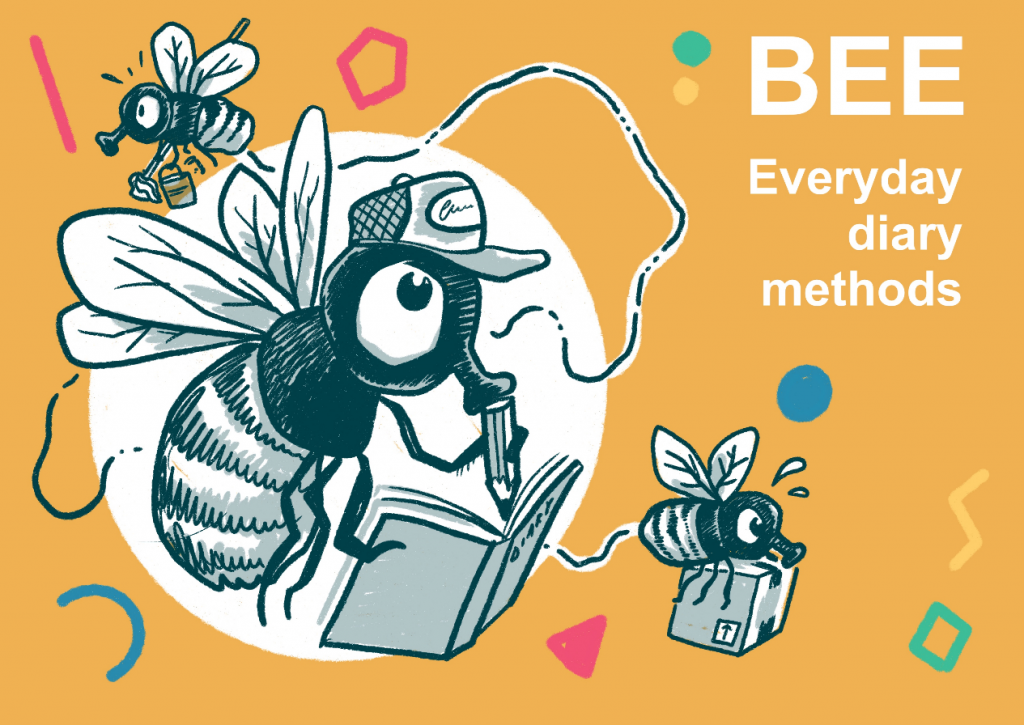Methodological Musings on the Methods for Change Showcase Event
On Wednesday 12th of May, I was lucky enough to attend the Methods for Change Showcase event, hosted by the University of Manchester and led and organised by the Methods for Change team. The event included interactive sessions which centralised the importance of social science methods for transformative change. I attended sessions on methods for exploring socio-economic inequalities, creative output exchanges and the Creative Methods Zoo where participants were asked ‘If your research method were an animal, what would it be?’.
From all the sessions attended, I pieced together and reflected upon the role of creativity, fun, and collaboration with a strong reminder of the role of these as a form of listening and of care, especially when researching societal change and structural inequalities. Further to this, was the recognition that such sensitivities sit alongside, and can even be enhanced, through multiple mediums of creative work and collaboration. This came through in discussions of the potentials of playful methods when researching socio-economic inequalities and how creative outputs can lift the everyday sensibilities and sensitivities of our research participants.
In this guest blog post I focus on some of my parting reflections and methodological musings from my participation in the Creative Methods Zoo, where we as participants sought to describe our research methods as an animal. As well as deciding and describing how I came to choose my animal, I have since reflected upon the value of this activity as a tool for researchers in focusing ourselves on our methods and indeed our research agendas.

My chosen research animal was a bumble bee (see illustration above by Jack Broughton) and I’ll briefly explain why I chose this animal. First, much of my work centres around the mobilities of health and I have utilised mobile methodologies as complementary in researching this subject. Second, I often use diary keeping methods to capture the ‘keeping’ of everyday lives and work. Third, which perhaps relates to the association of the second feature, is the theoretical orientation towards everyday life that grounds both my topics of inquiry and the qualitative research methods that I use.
Researching the everyday requires an appreciation of the hidden yet significant practices of our everyday worlds. It is perhaps fair to say that bees follow this trend in their background buzzing, while holding significant importance in our social and material worlds. Similarly, my most recent research has used ‘on the go’ diaries with mobile and essential workers such as couriers and food delivery drivers. For me, there felt a connection between the essential work of the bees moving from place to place, and my methods and participants from the research that I have conducted in the pandemic.
From each of these reflections on creativity in progress, the circular ways in which I came to articulate these ideas centred me back to a crucial point: how our research method, topics, participants, and theoretical approaches are all connected. Seeing and considering our research methods as an animal in the Creative Methods Zoo session further required us to consider broader orientations of what grounds our research and how our research methods allow us to connect the dots. Thus, the metaphorical and creative work of reimagining our research methods as an animal (or a bee, in my case) does further work in guiding our research principles and the affinities to our research.
As well as my own reflections on choosing my animal as related to method (and subsequently all research matters in our agendas and focus), I also since considered the potentials of this as a group exercise. Within the session, as we each detailed our animal of choice and our justification for doing so, it became apparent the connections between researchers as we related our research, or our affinity or care for animals when sharing with each other. Talking through animals as metaphors facilitated a sensitivity and shared appreciation of the animals we liked and the methods we understood.
What also came to fruition both in the creative methods zoo, and in later sessions during the Showcase on researching socio-economic inequalities, was the relationship between methods and resources. This includes the economic resources of what we as researchers have in our pockets to give as well as the economic conditions and constraints of those who we ask to participate in our research methodologies. There is also the resource of time – our time constraints as researchers with institutional timelines and the time we expect participants to share with us. There are also the practical resources of the tools and materials we need to enable creative methodologies – paper, pens, notebooks, or cameras, to name a few. Returning to the metaphor of research as an animal, we must also ask what resources are needed to facilitate creative research agendas? Back to my metaphorical bumble bee, I also ask what environmental conditions do we need to enable our methods to reach for change and thus our research to thrive? Like protecting bees, there is perhaps a metaphor in understanding how our research environment and thus the work that our methods do, albeit in perhaps slower and gentler ways (Pottinger, 2020), must be cared for and looked after.
To finish, the Methods for Change Showcase Event and the Creative Methods Zoo gave me several takeaway points. First, the creative processes and musings have been a lesson in articulation – of orienting myself towards the principles of my research agendas and research methodologies and indeed, how to tell this story through a metaphorical medium. Second, this process enabled a creative and fun way of reaching out to researcher sensibilities and thus became a careful form of listening. Third, such reflections both within the event and beyond, have pushed me to consider the relationalities of our research methods with our topics, our agendas, our collaborators, and the environments in which they are lived and nurtured. Together, such metaphorical work – seeing our research through and with an animal in mind – offers an analytical process in positioning research and re-centring what matters in our research cultures and environments.
Dr Lauren White
ESRC Postdoctoral Research Fellow
Department of Sociological Studies, University of Sheffield
@laurenewhite184




